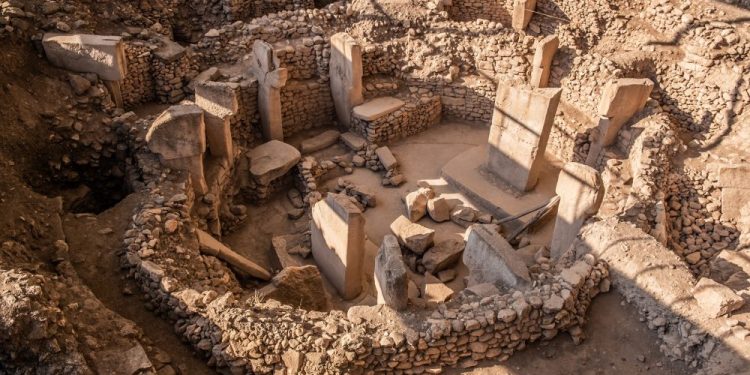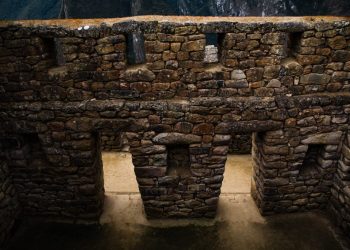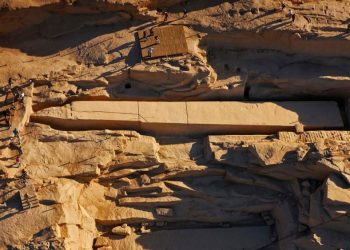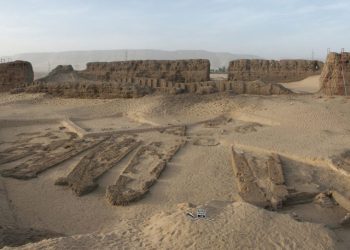There are more than one or two ancient creations on the territory of Turkey that amaze scientists and historians alike. The mysterious underground city of Derinkuyu, the fortress on Lake Van, and even traces of the mythological Troy ignite the imagination. But one ancient site undoubtedly stands out with its historical significance – Gobekli Tepe.
Historians and archaeologists often call it “the most significant discovery of modern archeology,” “the laboratory in which human civilization was created,” and “the new Stonehenge.” In fact, the Gobekli Tepe Archaeological Complex is the most ancient megalithic complex (a structure built of huge stone blocks) in the world and is about 7,000 years older than Stonehenge.
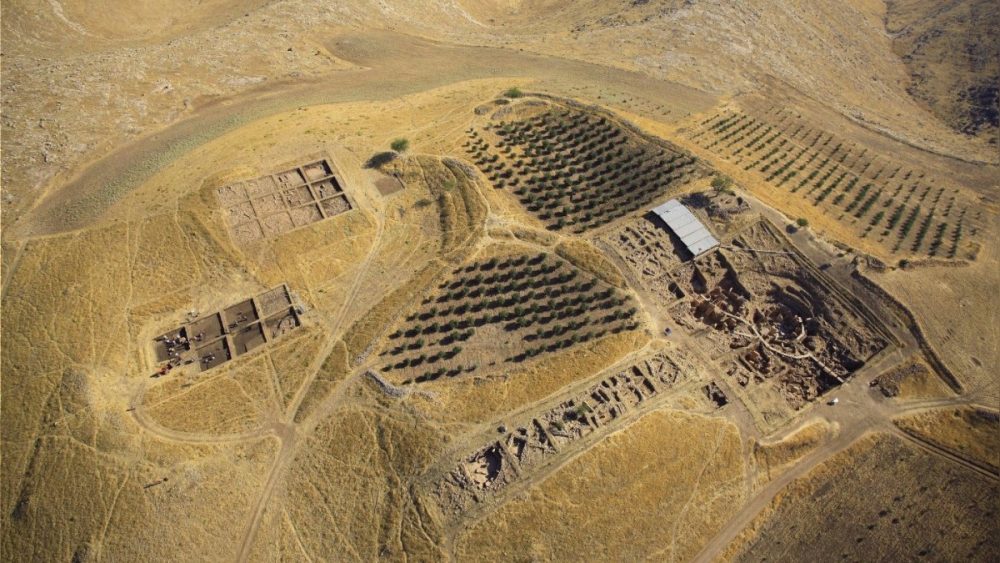
Note: Last year, archaeologists announced the discovery of another ancient megalithic complex near Gobekli Tepe called Karahantepe. While it is unconfirmed at this point, experts assume that it could be even older than Gobekli.
Nevertheless, the discovery of Gobekli Tepe led archaeologists to rethink everything that has hitherto been considered established for the so-called primitive civilizations after the Ice Age.
The complex is located 15 km northeast of the city of Sanliurfa. It consists of 20 concentric circles composed of rock blocks and columns decorated with relief images of mysterious animals.
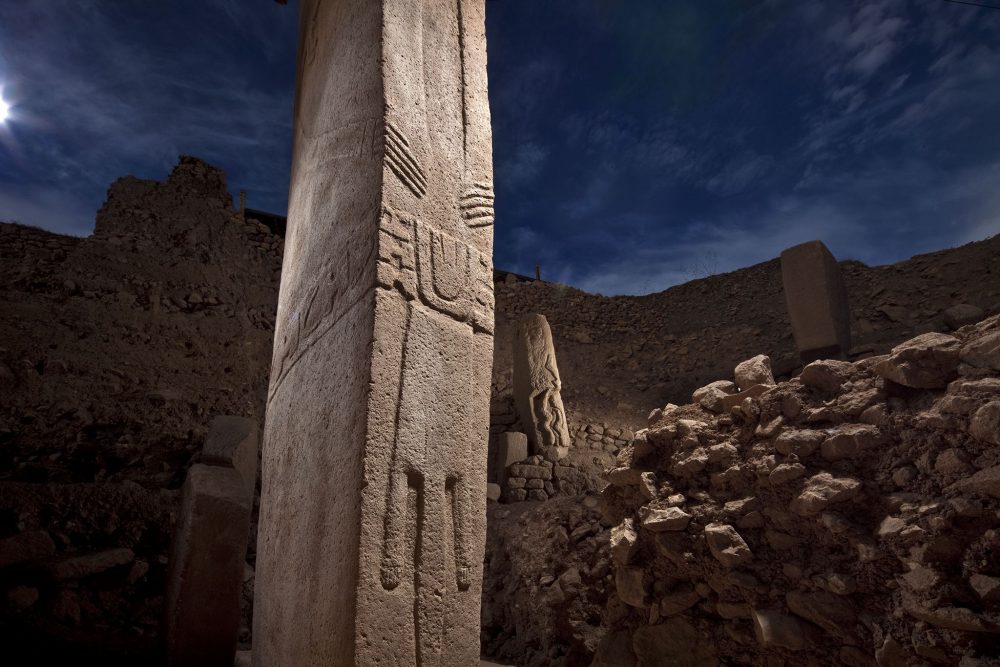
Göbekli Tepe: going back 120 centuries
Its age is estimated at at least 12,000 years – from about the 90th century BC. Its construction took several millennia, and after the end of VIII millennium BC, it was covered with sand and abandoned. For what reason and by whom remains a matter of different theories.
The site has been known since the 1960s, but back then archaeologists suggested that there was a Byzantine cemetery buried under the hill. Curiosity about the site was revived after a local shepherd excavated one of the columns in 1994 and found relief of a strange animal on it.
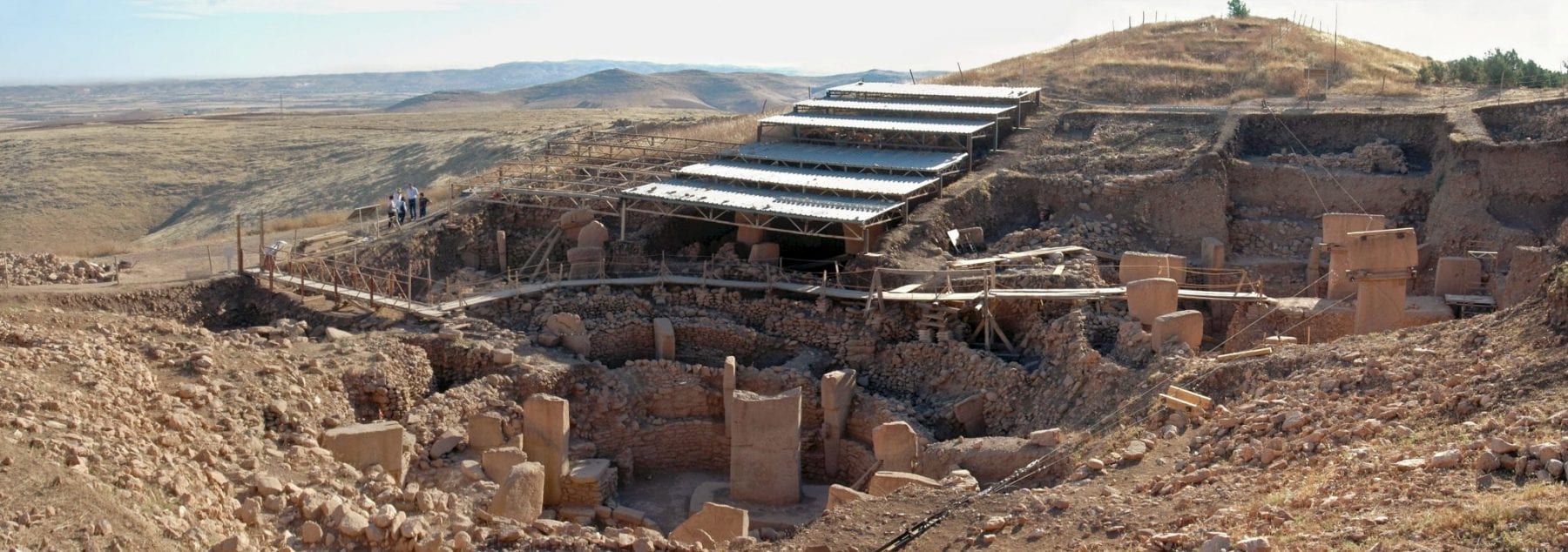
During the excavations, it became clear that these were finds from the Stone Age. The huge monolithic stone elements of the complex are extracted from stone quarries. Their profiles were carved into the rock, separated from it, and installed at the construction site. The largest of them reach up to 7 m in height, 3 m in width, and weigh up to 50 tons.
The degree of development and sophistication of a society capable of building such magnificent monuments far exceeds what most experts have hitherto thought possible during this period. There are many theories about the purpose of Gobekli Tepe, although not much is known about who its creators were.
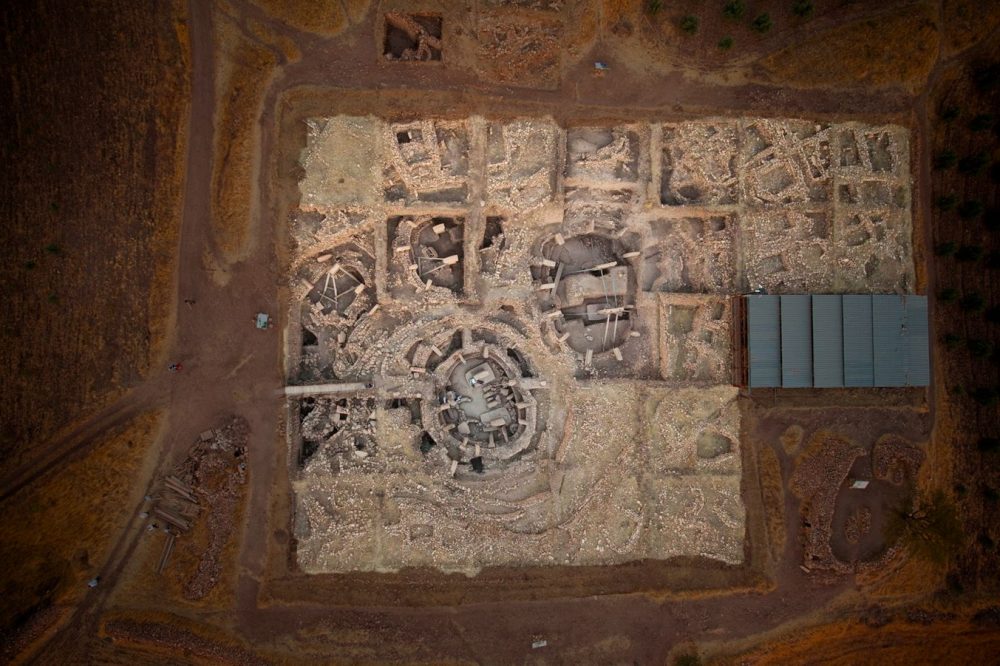
Gobekli Tepe: an ancient race of giants
According to some researchers, it, like many other megaliths on Earth, was built by an ancient race of giants. They dominated the planet and in more places, than is widely known, giant structures were found that were their administrative and religious buildings.
They are built on impressive scales to demonstrate the strength and superiority of their creators – just as today’s rich are trying to perpetuate themselves through unprecedented buildings.
Unlike the builders of Gobekli Tepe, however, modern architects and builders not only cannot design anything like the ancient megaliths but in no way can explain the construction techniques used in ancient times.

Gobekli Tepe: Australian Aborigines
Another hypothesis is that Gobekli Tepe was built by Australian aborigines. As absurd as it sounds, this idea is supported by the striking similarity between the carvings and reliefs in the complex and the cave paintings in northern Australia.
A mysterious symbol engraved on some columns in Gobekli Hill, which no one could decipher, is identical to a sign that some Aboriginal tribes often paint on their chests. For them, it depicts two people sitting opposite each other to share their knowledge.
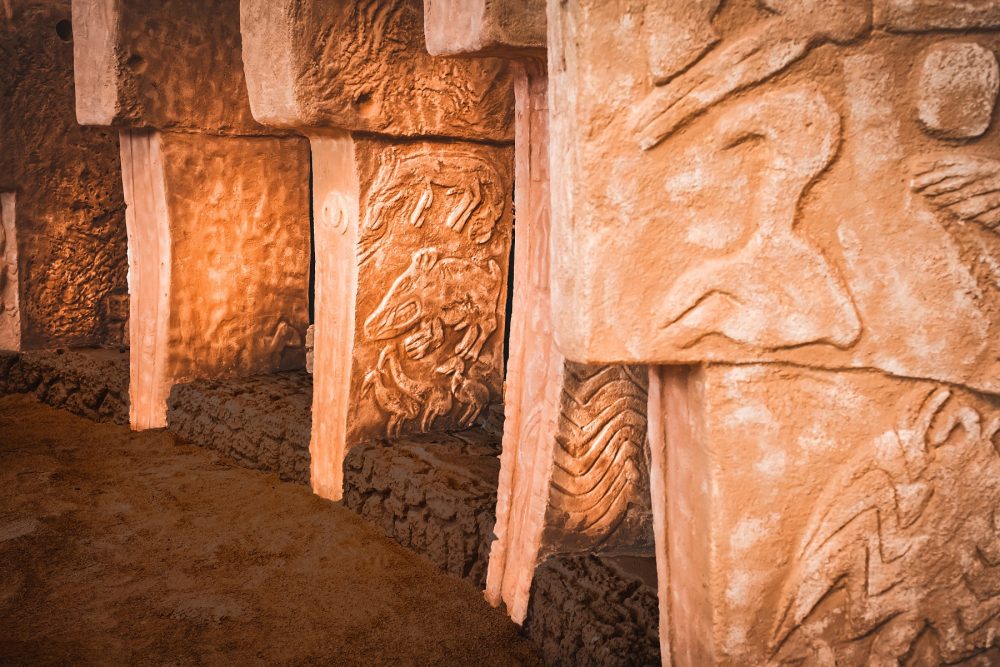
A symbol depicting the most sacred artifacts of Aboriginal culture, the Churinga stones, was found on other columns. Many of the animals whose images can be seen on the walls of Gobekli Tepe are tribal totems of aborigines. An image of the mother goddess from Gobekli Tepe is very similar to that from Australia.
Due to these and many other similarities, some are convinced of this theory. The main question here is how did the aborigines end up in the place of today’s Turkey? It turns out that there are scientists who believe that the aborigines are the ancestors of modern humans.

Gobekli Tepe: from the banks of the Danube or from distant stars
Other researchers find the explanation not in distant Australia, but in the Bulgarian lands. They say that the ancient Danube civilization existed on the territory of Bulgaria thousands of years ago and that its heyday coincided with the centuries of construction of Gobekli Tepe.
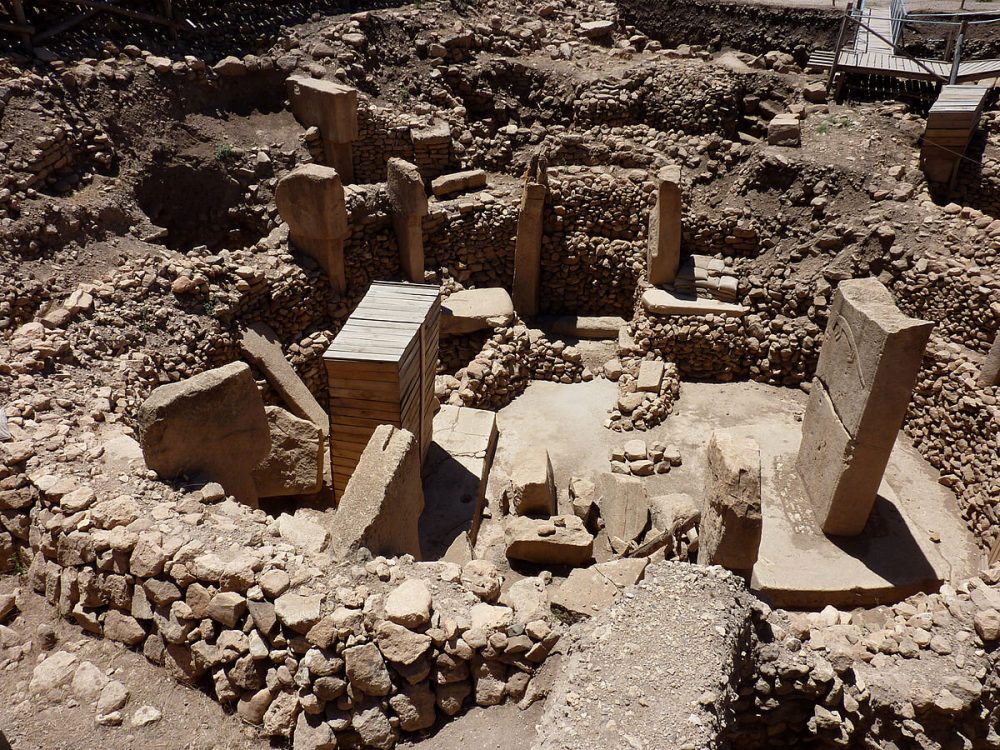
Of course, there are also theories about the cosmic origin of the builders of the mysterious megalith. According to them, the symbols and orientation of the buildings are related to configurations from the starry sky, and some images on its stone walls are humanoids dressed in spacesuits.
According to these theories, today’s humans are the result of a combination of human and extraterrestrial genes, and Gobekli Tepe was actually the gene laboratory where the new creature was created.
Will the mysteries of Gobekli Tepe ever be revealed? Although it has been under research for more than 20 years, only 5% of the entire complex has been excavated so far.
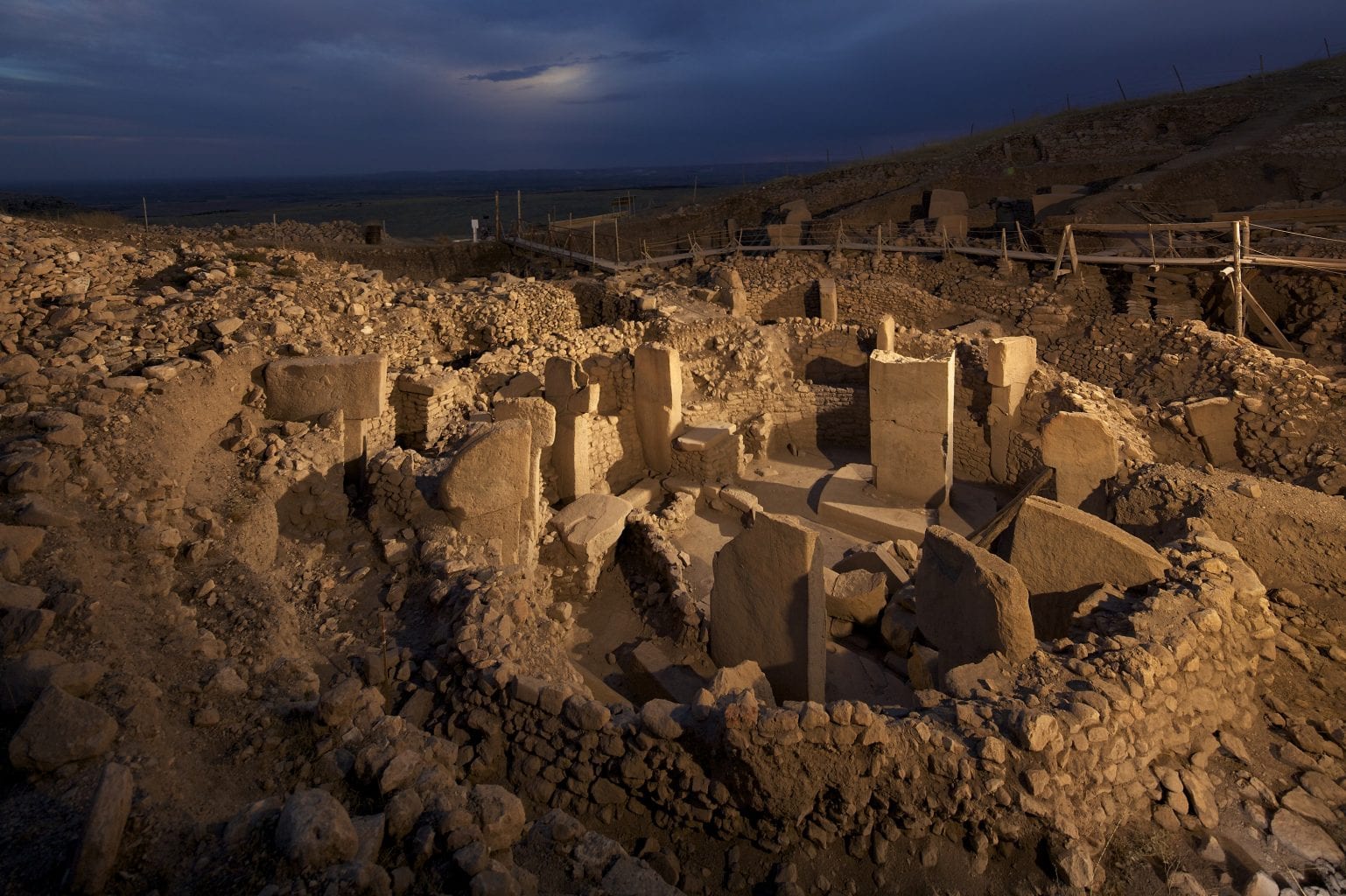
Join the discussion and participate in awesome giveaways in our mobile Telegram group. Join Curiosmos on Telegram Today. t.me/Curiosmos
Sources:
• Biblical Archaeology Society Staff. (2020, June 17). The Göbekli Tepe ruins and the origins of Neolithic Religion.
• Curry, A. (2008, November 01). Gobekli tepe: The world’s FIRST TEMPLE?
• Global Heritage Fund. (2021, January 21). Göbekli tepe: Discovering the world’s oldest religious site.religious-site
• Jones III, R. (2021, March 20). Göbekli Tepe.



